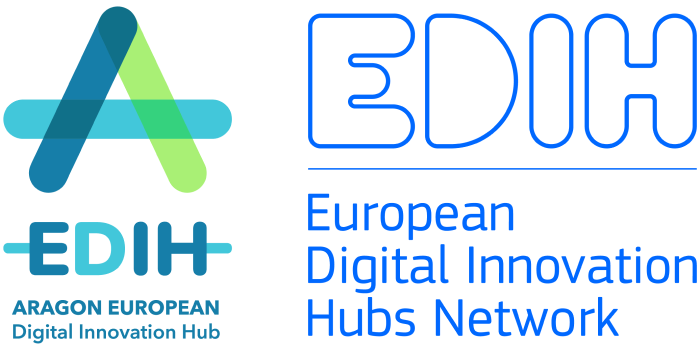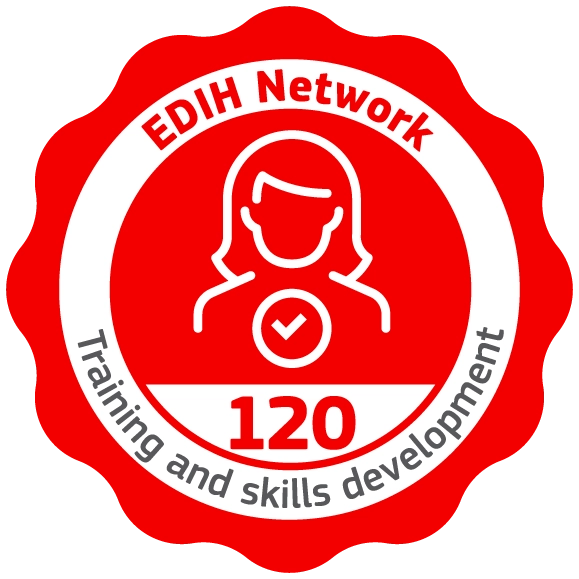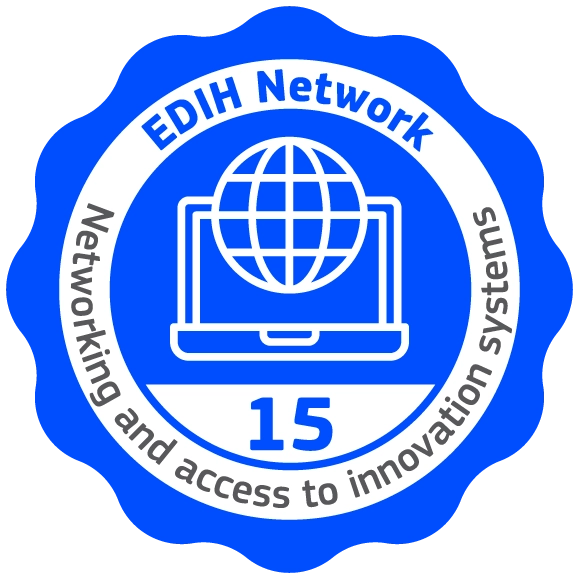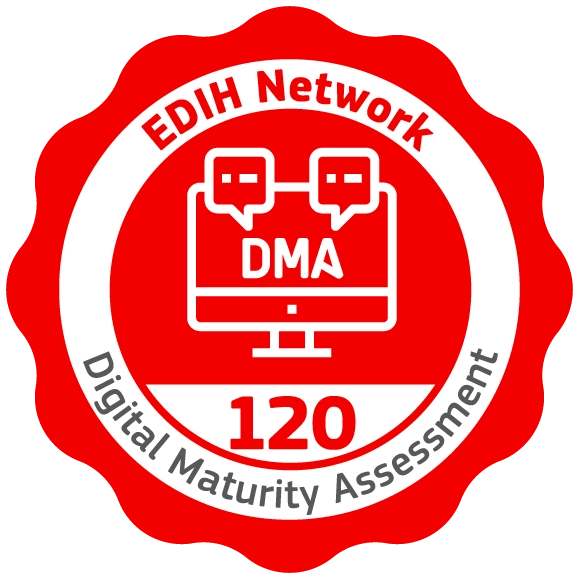Virtual Assistants and Process Automation through Artificial Intelligence
Description
The automation of administrative workflows within companies enables organizations to effectively streamline repetitive, high-volume tasks. This leads to smarter operations, increased employee productivity, and greater satisfaction—through end-to-end centralized platforms. These platforms can handle everything from template generation and email automation to the use of chatbots for specific tasks, even eliminating the reliance on Excel as a management tool.
Competitive Advantages
These automation processes contribute significantly to the digital transformation of businesses by enabling various tasks within a company’s workflow to be performed automatically. They allow different IT systems to connect, automate document generation, email delivery, and data transfer between applications. The integration is non-intrusive with existing IT environments and applications, resulting in unified and centralized platforms that:
- Streamline workflows for smarter operations
- Increase employee productivity
- Boost employee satisfaction by reducing repetitive tasks
- Facilitate the resolution of specific tasks
- Provide a first level of assistance or fast access to information
Applications
These solutions can be applied across multiple industries and sectors, as they target a wide range of repetitive processes such as finance, accounting, human resources, supply chain management, customer service, and more. Specific applications include:
- Crawling and scraper services: Tools that read content from selected sources (e.g., websites) and extract information for processing. Various types exist for finding news and posts, monitoring prices and offers, recruitment, etc.
- Automatic document generation: A rule-based service that, using pre-defined templates and user-submitted form data with specific trigger variables, generates final documents ready to be sent to potential clients across different use cases.
- Automatic text summarization: A service designed to reduce the time needed to generate online training courses or educational content. It speeds up content curation by allowing educators to automatically generate summaries from texts, and search for related videos and domain-specific images based on a concept list.
- Chatbots or conversational assistants: Simulate human conversation by automatically and coherently responding to written or spoken questions. They rely on Artificial Intelligence and Natural Language Processing (NLP) to recognize certain words or expressions and respond with predefined phrases.
Classification
Technology Areas:
- Artificial Intelligence and cognitive systems
- Data mining, Big Data, database management
- Simulation and modelling
Categories:
- Concept validation and prototyping
- Testing and validation
- Market intelligence
Keywords
Artificial Intelligence, Conversational AI, Machine Learning, Deep Learning, Artificial Neural Networks, Human Behavior Analysis, Natural Language Processing, Chatbots, Conversational Assistants, Bots








